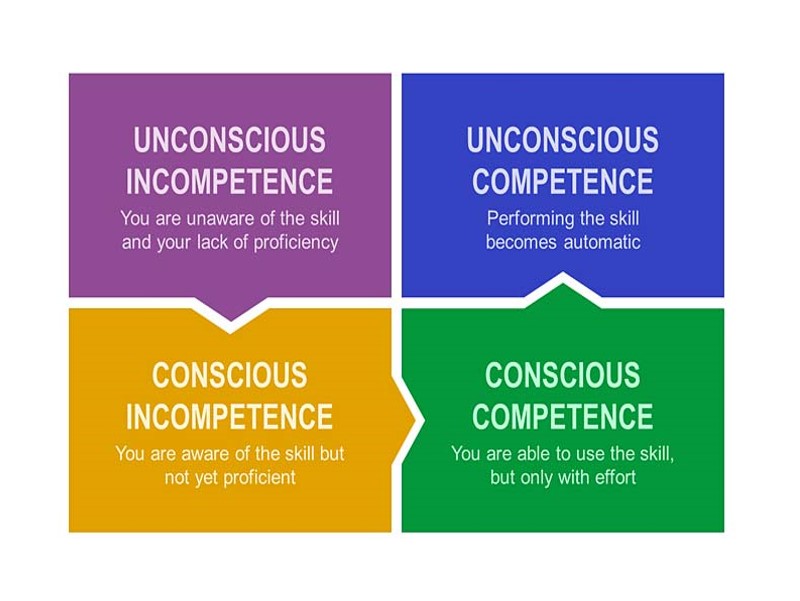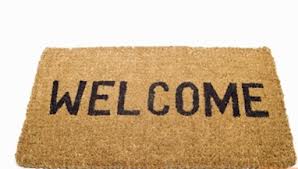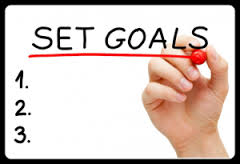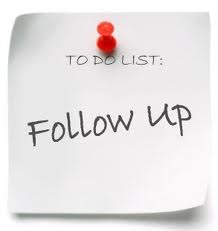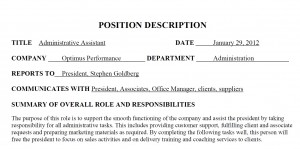Training and development is an essential element of organizational performance. Often, though training does not produce the expected results, which means improved performance of the employee on the job. This is especially true for behavioral skills, which is often harder to change and to measure.
Three steps to success
There are three things management needs to do in order to ensure that the desired results is achieved from the training of employees.
The first thing is to clarify expectations by setting goals and defining what the expected outcome of the training will be. This needs to be communicated to those receiving the training so they understand what is expected of them, as well as the benefits to both the organization and themselves.
The training program.
Training works best when it is spaced over time, rather than a one day a workshop. This approach allows both the trainer and the trainee to adjust themselves to sure that they will meet the expectations and goals the training program and of the organization.
Follow-up plan.
The third component of a successful training program is to plan a follow-up schedule in order to measure if the desired skills and behaviors are being applied on the job. Follow-up plan should include measurement of results that are linked to the original objectives of the training program.
Management needs to communicate the follow-up schedule with the employee and set specific goals to be achieved within that timeframe.
By following the simple plan of setting goals and expectations for the training, monitoring the progress of the training and then putting in place a follow-up system, you can ensure that your training program will produce the desired results.
